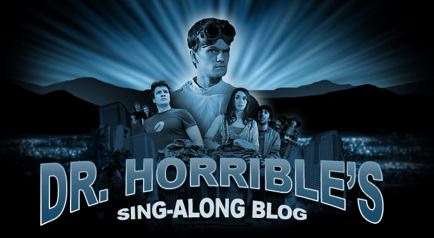I was talking with Shane Ross about his new podcast and he said the first topic was, basically about Final Cut Pro and Media Composer because “they were all that professional editors used”. (My version of Shane’s words.) I admit, I had a fairly strong reaction simply because the world of production that Shane (and his guests on the first podcast) work in is such a small part of the entirety of the production space, that it does the whole industry a disservice.
Similarly I went very close to offending my good friend Andrew Balis when we were recording some interviews for Rick Young’s MacVideo.tv videos and I called him a “film snob”. In both cases I certainly did not mean to offend, and in Andrew’s case I was merely mean to imply that he had quality criteria that were somewhat higher than most. Andrew mostly works in film and television, as does Shane and it’s easy to believe, when you work in that area of “the business” to think that’s it. And 25 years ago you’d have been close to right, but not any more.
At the high end – Thompon’s Viper; Sony’s F900, F950 and F23; etc – there is a relatively small pool of people working with these formats to make “Television” and “Movies”. Let’s be generous and say there are 100,000 people working in post production for film, network or cable/satellite Television worldwide. (There are about 6000 members of the US Screen Editor’s Guild and only 104,000 across IATSE, most of whom aren’t working as editors.)
Compared with that 100,000 there are at least 1.25 million unique registered Final Cut Pro owners (and probably double that in “not registered” versions, but we won’t go there). There are probably 200,000 Media Composer units in use (some going back to OS 9) and well over 500,000 seats of Premiere Pro (probably more), at least 300,000 seats of Sony Vegas and approximately 75,000 Avid Liquid users. Feel free to correct my numbers in the comments if you have better information (or email me directly).
So, somewhere around 100,000 “professional editors” (by a certain reckoning) and yet there have been over 2.3 million seats of editing software sold. Professional editing software: this does not count iMovie, Windows Movie Maker or Pinnacle’s various consumer editing applications.
By Shane’s ‘definition’ professional editors make up less than 5% of the users of all editing software sold. Even if say that every owner of FCP is also an owner of Media Composer – there would be overlap but not complete – and the total is 2 million. That’s still just on 5% of all the professional editing software sold that’s being used by “professionals”. It does not compute!
There are no longer hard barriers between “the broadcast and film” business and the wider world of video production and post production like there may have been 30 years ago. Production quality from affordable tools has skyrocketed in that time and HD quality way beyond the best broadcast cameras of 20 years ago costs less than $5K US. There’s very high quality work being done for Trade shows or for educational video. There are those using RED One cameras for web video! Where are the lines to be drawn?
For me, if you get paid by your customers to edit (or produce) video and your customers are happy, pay their bills and come back for more work, then you’re a professional editor. (That is, of course, the inarguable definition of professional).
Professionalism also has undertones of quality and attention to detail that separates the pro from the amateur, and that certainly comes into it as well, but what has changed is that there is not just one market for quality. No longer a single standard.
I love that Shane, Andrew and their compatriots care deeply about quality, rejecting (if they can) “lesser” formats (like HDV or any long GOP acquisition) as lacking in quality. I also recognize that their world is a small part of the totality of production. I wish I could find the reference but I’m sure I’ve read that – based on dollars spent – what we think of as Broadcast Television and Film (IOW the entire industry of 30 years ago) is now around 15-20% of the dollars spent on “professional production”.
The old lines are gone. In coming days I’ll talk about Joss Wheedon “leaving television” and the implications of the failing distribution model, etc. Bottom line, things are changing and changing fast and there’s not really room to try and restrict “professional” editors to an exclusive club.
At the same time, I know what Shane is trying to define: there are different workflows and expectations of certain types of production – that he and Andrew work on – that are quite different from the workflows and expectations of corporate, event or other entertainment production. While the skill sets are different, I don’t see Shane’s compatriots as any more professional than the members of the Association of Video Professionals, WEVA (with more than 200,000 members); and the Digital Video Professionals Association. Â They’re all about maintaining high standards of production, post production and service appropriate for their customer base.Â
And here’s the thing. If those folk performed in the same way, at the same level and within the same restrictions as Shane’s friends and associates, they would not be doing the job they are being paid for and therefore, not professional.Â
Maybe we just need some new terminology!
